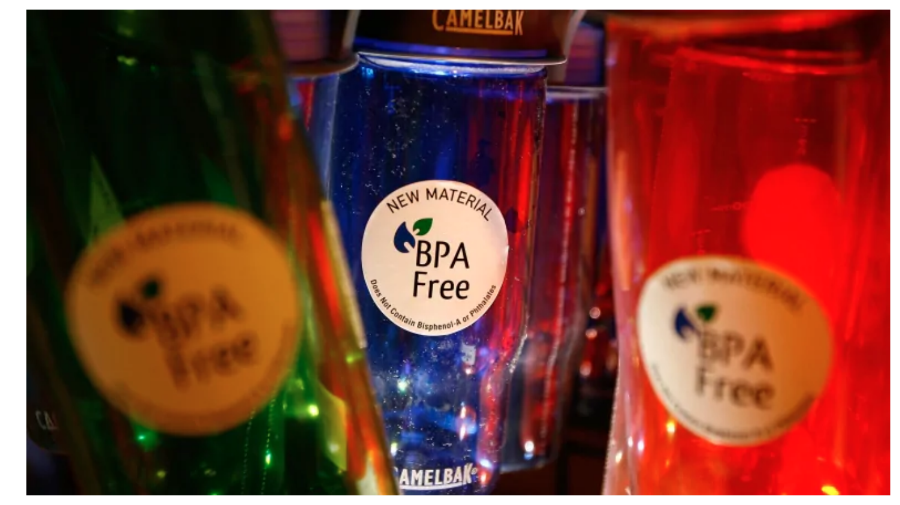How to be Audit Ready
By Baharak Chegeni
Being “audit ready” is a hot topic in the food safety industry, as any expert would agree that audits are a critical component to a food safety plan. As those who work in the industry know, there are a variety of audits — from GFSI (third party standards), to regulatory audits, customer and internal audits — but they all have one thing in common: Ensuring a consistent, safe and legal process to produce food to the consumer. The bigger question is what does audit readiness really mean?
When we talk about audit readiness, we are talking about making sure that a company and its staff are in the best possible position to go through any audit at any time.
There are many articles advising how to proactively implement an ongoing, comprehensive food safety program. As an experienced QA lead, the main focus needs to be on enhancing the safety culture. Here are 4 steps to be audit ready:
In my opinion, the key is to avoid asking the question of “when is the audit”
Step 1: Understand the Why
Food safety procedures should be consistently followed across facilities. Being audit ready means that the organisation and staff are fully aware of potential risks and they understand the correct steps to take regarding food safety in their everyday activities. For example the staff understands that by following the color code policy, they are preventing the contamination of a tool that might come in contact with food or food contact surfaces. By doing this they are preventing cross contamination and the potential for foodborne illness.
Step 2: Act as If
Avoid asking the question of when is the audit. By asking this, you are automatically sending the message to staff to prioritize certain tasks and timelines based on the audit date. This approach is totally wrong. Tasks should be prioritized based on their risk regardless of an audit date.
Step 3: Create an Environment of Trust
Finally, front-line supervisors should be empowered to validate employee behaviour as applied on the plant floor as this can reinforce training on an on-going basis. Companies that empower their supervisors to coach their employees and have their employees conduct peer to peer observations, not only drive compliance, but also keep their employees committed to upholding a culture of safety. Staff will get used to self-review and daily checks, everybody will become his/her own auditor.
Step 4: Walk the Talk
Maintaining a system of two-way communication with all the employees and inspire them by being transparent with your actions. This can earn their trust and create an environment in which employees feel like they belong.
While inspiration gets people to take the first step and follow, trust energizes people to climb the hill and brave the storm. Circles of trust and vision, encourage the staff to spend their time and energy working together for a higher cause and withstand the inevitable pressures and dangers all teams face.
Creating an environment in which people openly and thoughtfully give and receive feedback and recognition builds trusting teams.
About the Author:
Baharak Chegeni is the QA Director of Donut time/Concord Bakery, a Canadian manufacturer of a wide variety of baked goods. Baharak has over 18 years of experience working in food industry and is an expert in the areas of Food Safety, Quality and Sanitation. She has master degree in food science engineering and is highly skilled in Global Food Safety Initiative (GFSI) Standards – Implementation and auditing, HACCP, Ingredient & Nutrition labeling, etc.

-
 FeaturedRisk management
The Cost of a Breach: What a Cyberattack Could Mean for Food Safety Recalls
FeaturedRisk management
The Cost of a Breach: What a Cyberattack Could Mean for Food Safety Recalls
-
 FeaturedRisk management
Securing the Food Chain: How ISO/IEC 27001 Strengthens Cybersecurity
FeaturedRisk management
Securing the Food Chain: How ISO/IEC 27001 Strengthens Cybersecurity
-
 FeaturedRisk management
Revolutionizing Food Safety Training: Breaking Out of the “Check-the-Box” Mentality
FeaturedRisk management
Revolutionizing Food Safety Training: Breaking Out of the “Check-the-Box” Mentality
-
 GFSI Standards
GFSI 2025: Building Trust, Tech-Forward Solutions, and Global Unity in Food Safety
GFSI Standards
GFSI 2025: Building Trust, Tech-Forward Solutions, and Global Unity in Food Safety
-
 FeaturedFood Safety
Integrated Pest Management: Strategies to Protect Your Brand’s Reputation
FeaturedFood Safety
Integrated Pest Management: Strategies to Protect Your Brand’s Reputation
-
 FeaturedFood Safety Culture & Training
No Open Door Policy: Challenges That Impact Pest Control in Food Processing Plants
FeaturedFood Safety Culture & Training
No Open Door Policy: Challenges That Impact Pest Control in Food Processing Plants




